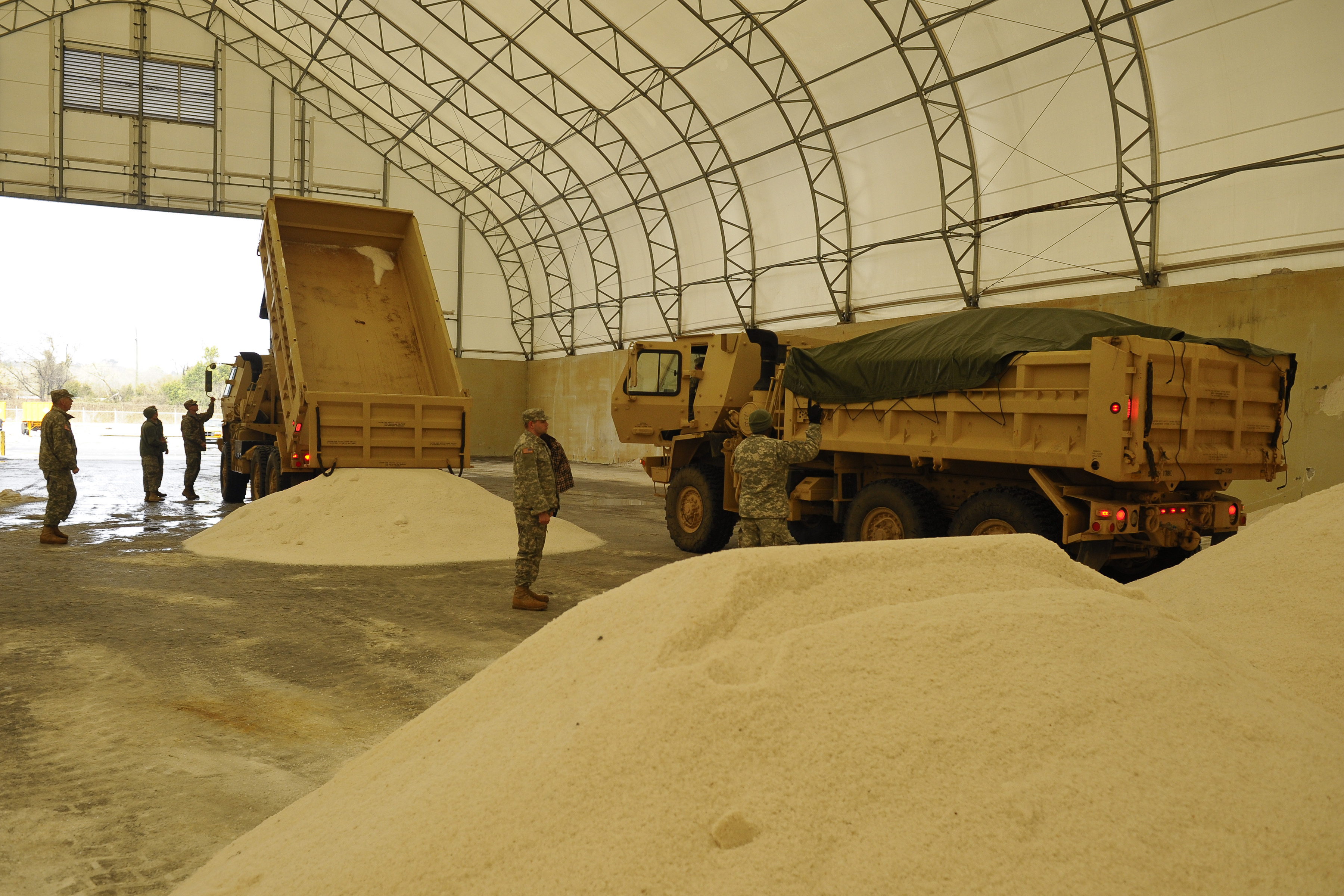|
Nehrəm Mine
The Nehrəm mine is a large salt mine located in south-western Azerbaijan in Babek District, close to Nehrəm. Nehrəm is one of the largest salt reserves in Azerbaijan and has estimated reserves of 2.5 billion tonnes of Sodium chloride Sodium chloride , commonly known as Salt#Edible salt, edible salt, is an ionic compound with the chemical formula NaCl, representing a 1:1 ratio of sodium and chloride ions. It is transparent or translucent, brittle, hygroscopic, and occurs a ... (NaCl). References {{DEFAULTSORT:Nehrem Mine Salt mines in Azerbaijan ... [...More Info...] [...Related Items...] OR: [Wikipedia] [Google] [Baidu] |
Nehrəm
Nehrəm () is a village and the most populous municipality in the Babek District of Nakhchivan, Azerbaijan. It is located 4 km south of the district center, on the left bank of the Araz River. Its population engages in grain-growing, vine-growing, horticulture, vegetable-growing, and animal husbandry. There are 3 secondary schools, technical and vocational school, club, 4 libraries, kindergarten, music school, the house of schoolchildren, maternity hospital and hospital in the village. It has a population of 13,900 people. The water pipeline was built to the village from 4.3 km distance (1993). Nearby of the village there are workshops of aslant. Until recently, it was Azerbaijan's most populous rural community until surpassed by Ərkivan.Forsaken Villages of Azerbaijan Nehram is a historical village. ''Imamzada'' sh ... [...More Info...] [...Related Items...] OR: [Wikipedia] [Google] [Baidu] |
Babek District
Babek District () is one of the 7 districts of the Nakhchivan Autonomous Republic of Azerbaijan. The district borders the districts of Julfa, Shahbuz, Kangarli, Nakhchivan city, as well as the Vayots Dzor Province of Armenia and the East Azerbaijan and West Azerbaijan provinces of Iran. Its capital and largest city is Babek. As of 2020, the district had a population of 76,200. History It was formerly known as ''Nakhchivan District'' (till 1978). The district named in honour of Babak Khorramdin, an Iranian who led a 23-year-long uprising against the Abbasid Caliphate in Iranian Azerbaijan. Overview The Babek region was founded under the initiative of the National Leader of the Azerbaijani people Heydar Aliyev in 1978. Tezekend, located 6 km south-east from Nakhchivan, was determined as the centre of the region and named the settlement Babek. Babek is a settlement of urban type. The region of Babek is bordered with the regions Kangarli in the west, Shahbuz in nort ... [...More Info...] [...Related Items...] OR: [Wikipedia] [Google] [Baidu] |
Azerbaijan
Azerbaijan, officially the Republic of Azerbaijan, is a Boundaries between the continents, transcontinental and landlocked country at the boundary of West Asia and Eastern Europe. It is a part of the South Caucasus region and is bounded by the Caspian Sea to the east, Russia's republic of Dagestan to the north, Georgia (country), Georgia to the northwest, Armenia and Turkey to the west, and Iran to the south. Baku is the capital and largest city. The territory of what is now Azerbaijan was ruled first by Caucasian Albania and later by various Persian empires. Until the 19th century, it remained part of Qajar Iran, but the Russo-Persian wars of Russo-Persian War (1804–1813), 1804–1813 and Russo-Persian War (1826–1828), 1826–1828 forced the Qajar Empire to cede its Caucasian territories to the Russian Empire; the treaties of Treaty of Gulistan, Gulistan in 1813 and Treaty of Turkmenchay, Turkmenchay in 1828 defined the border between Russia and Iran. The region north o ... [...More Info...] [...Related Items...] OR: [Wikipedia] [Google] [Baidu] |
Sodium Chloride
Sodium chloride , commonly known as Salt#Edible salt, edible salt, is an ionic compound with the chemical formula NaCl, representing a 1:1 ratio of sodium and chloride ions. It is transparent or translucent, brittle, hygroscopic, and occurs as the mineral halite. In its edible form, it is commonly used as a condiment and curing (food preservation), food preservative. Large quantities of sodium chloride are used in many industrial processes, and it is a major source of sodium and chlorine compounds used as feedstocks for further Chemical synthesis, chemical syntheses. Another major application of sodium chloride is deicing of roadways in sub-freezing weather. Uses In addition to the many familiar domestic uses of salt, more dominant applications of the approximately 250 million tonnes per year production (2008 data) include chemicals and de-icing.Westphal, Gisbert ''et al.'' (2002) "Sodium Chloride" in Ullmann's Encyclopedia of Industrial Chemistry, Wiley-VCH, Weinheim . Chem ... [...More Info...] [...Related Items...] OR: [Wikipedia] [Google] [Baidu] |
Salt
In common usage, salt is a mineral composed primarily of sodium chloride (NaCl). When used in food, especially in granulated form, it is more formally called table salt. In the form of a natural crystalline mineral, salt is also known as rock salt or halite. Salt is essential for life in general (being the source of the essential dietary minerals sodium and chlorine), and saltiness is one of the basic human tastes. Salt is one of the oldest and most ubiquitous food seasonings, and is known to uniformly improve the taste perception of food. Salting, brining, and pickling are ancient and important methods of food preservation. Some of the earliest evidence of salt processing dates to around 6000 BC, when people living in the area of present-day Romania boiled spring water to extract salts; a salt works in China dates to approximately the same period. Salt was prized by the ancient Hebrews, Greeks, Romans, Byzantines, Hittites, Egyptians, and Indians. Salt became a ... [...More Info...] [...Related Items...] OR: [Wikipedia] [Google] [Baidu] |

